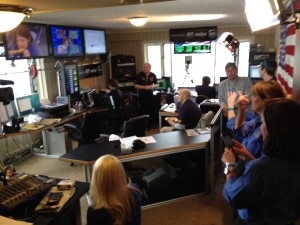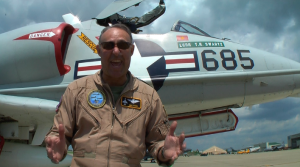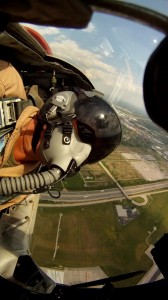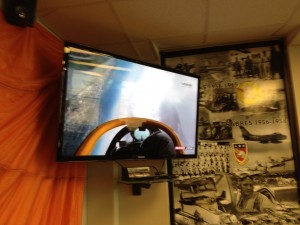I had a great training sortie with John Harte on Friday. We launched around sunrise and hit three other airports before returning to Detroit City (KDET) around 9:00.
Among the maneuvers was the practice emergency return to the runway. We did one of these on my first training flight in the right (primary) seat. I’ve since become pretty good at them for a greenhorn. I’ve wanted to take up a lot of cameras and film one and I got the chance on this sortie. The video starts with a landing on Runway 27L at Oakland County International Airport (KPTK). Then we power up, climb to a little over 300 AGL, pull the power, and come back to 9R.
The video tells the story pretty well. Enjoy!









